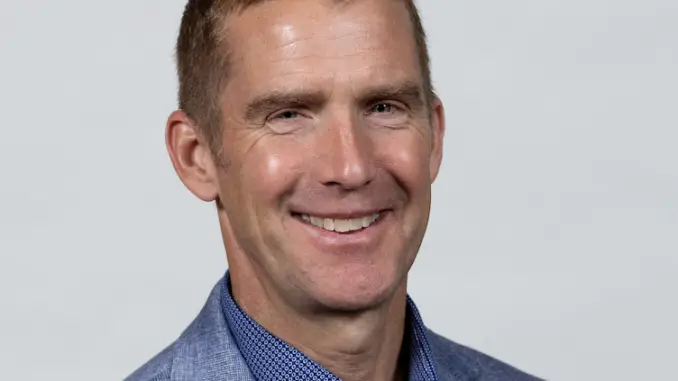
Today’s physical therapists are exhausted and drowning in debt from school loans. Looking at the physical therapy (PT) profession as a whole, there is an average turnover rate of 13.6%, a significant portion of the current healthcare industry’s staggering rate of 100.5% turnover, over the last 5 years, according to Daily Pay’s Healthcare Turnover Rates [2022 Edition]. What’s even more concerning is that 1 in 3 rehab professionals describe themselves as burnt-out.
What’s contributing to such high levels of burnout? While new graduate PTs are entering the field with higher education levels than ever, the salary for entry-level positions has not kept pace. The average amount of education-related loans for PT undergraduate and graduate school is now $142,489. With average salaries of around $60,000 to $70,000, PTs face a debt-to-income ratio that is difficult to manage.
Apart from this reality, reimbursement cuts have resulted in increased productivity standards and growing caseloads. This means the mental and physical demands on PTs are on the rise. Many are strained and dissatisfied with the pressures of their careers. How can we help PTs feel satisfied in their work and alleviate some of their pain?
Understanding how we got to this point
Because of the declining reimbursement and increased operational costs, clinic owners and managers are feeling the pressure to increase patient throughput in a largely fee-for-service (FFS) reimbursement model. While more patients seen daily increases financial contributions, it also creates a more administrative burden in the form of documentation and payer authorizations for care. PTs are being squeezed to optimize productivity while maintaining standards for clinical documentation and compliance, recording standardized outcome measures, Merit-Based Incentive Payment System (MIPS) reporting, all while focusing on professional development. This confluence of events has accelerated the workforce’s decision to leave the profession. While the demand for PT services continues to soar, labor shortages mean fewer PTs, which causes issues with access to care.
Technology to the rescue
Innovative technology has created a new realm of possibilities for PTs to connect with patients outside the traditional clinic setting. Digital physical therapy solutions can combat PT burnout by providing greater freedom in the workday. Plus, PTs can stay in contact with their patients asynchronously, enhancing the therapeutic alliance to prioritize patient-centered care that can generate positive therapist and patient experiences and thus better clinical outcomes.
For patients progressing well, therapists can manage them remotely, which “unclogs” clinic schedules. In this environment, one PT can stay connected with substantially more patients simultaneously in a way that is still reimbursable, helping them keep up with productivity requirements. Recently introduced by the Center for Medicare and Medicaid Services (CMS), remote therapeutic monitoring (RTM) codes are revolutionizing the way care is delivered. These codes not only allow therapists to make more minutes of patient care count towards reimbursement, but they enable care to transcend clinic walls in a way that’s never been done before.
RTM with the right technology facilitates meaningful data collection that’s used to enhance clinical decision-making for proactive and individualized care. Therapists can gauge the efficacy of their interventions in real-time and track objective patient progress longitudinally. With healthcare shifting towards value-based care models, leveraging technology to improve outcomes and showcase value is critical.
Technology also future-proofs the industry by supporting the next generation of PTs to embrace practicing in new ways, supporting their desire to find greater personal flexibility and have more control over their day-to-day patient schedules. Other forms of practice include part-time-only positions, non-patient-facing healthcare roles or opening cash-based clinics in which they control their caseload. These examples support increased flexibility and more control over how PTs use their extensive knowledge base to do what they do best: care for patients and optimize health through movement across society.
Creating a promising future for PT
The American Physical Therapy Association (APTA) maintains that digital health services cannot replace an actual PT. However, the association supports and guides the augmentation of physical therapy with digital health services to safely and efficiently expand PTs’ work scope and help them integrate into this rapidly evolving field.
The PT profession has an incredible opportunity to use technology to improve access to care and efficiency. Further innovation and exciting new career opportunities can be important enabler that will transform the therapy profession.
About Tomer Shussman
Tomer Shussman is a Co-Founder and CEO of OneStep, an FDA-listed digital health platform that empowers motion health through actionable insight and proactive treatment that transcends in-person care. He is an alumnus of the IDF’s elite Talpiot program. Tomer holds a B.Sc in Physics and Mathematics from the Hebrew University and an M.Sc in Physics from Tel Aviv University and is a certified Yoga instructor. During his military service, he applied his scientific expertise to develop groundbreaking technology as a researcher and later returned to Talpiot to serve as the Chief Instructor and Deputy Commander of the program. He is now applying his professional expertise to create a positive impact by working with leading providers across the US to offer the optimal recovery journey for each patient.